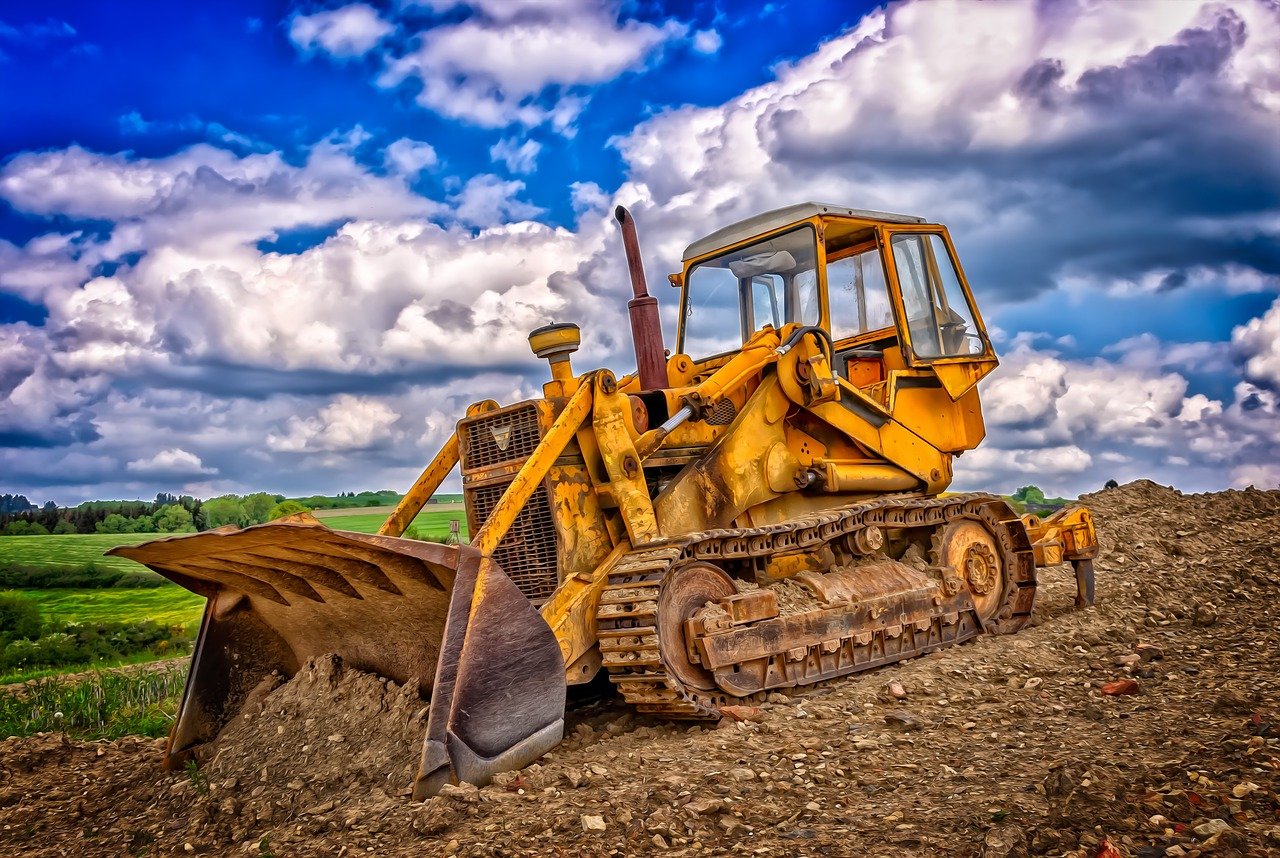6 Different Excavator Types & Their Uses
Excavators are heavy construction equipment that is made up of dipper (or sticks), booms, cabs, and buckets. The cab is built on a rotation platform called a “house” on-site. Excavators are hydraulic. All the movement and function on an excavator are enabled by hydraulic fluid, hydraulic motor, and hydraulic cylinders. Because of the linear operation of hydraulic cylinders, they operate differently from cable-operated excavators, which have steel ropes and winches to achieve movement.
There are different types of excavators. The most common ones are dragline excavators, crawlers, skid steer, suction excavators, backhoe, and long reach excavators. We shall highlight each excavator and the functions they are known for best. Most of these excavators are carried using lowboy trailers. You can find lowboy trailers for sale at Hales Trailers.
Crawler Excavators
Unlike most large excavators that are on wheels, crawlers move using two large endless tracks. Crawlers are mostly used for heavy-duty construction jobs and mining. They are also called compact excavators. They have a hydraulic power mechanism to lift heavy materials from the ground like soil.
The two-chain wheel system enables them to move downhill and scale them with less risk. Because of this, crawlers are perfect for grading hilly places and landscaping uneven terrain. Although they are slower than other excavators, they have overall greater flexibility, balance, and stability.
Dragline Excavators
This is a large excavator that operates differently. The excavator uses a hoist rope system to attach to the bucket through a hoist coupler. The bucket’s other side is fixated on a dragline that runs to the cab from the bucket. When the hoist rope rises, it lowers the bucket, while the bucket is pulled towards the drive by the dragline. The dragline excavator is very bulky and thus it is assembled on-site.
Suction Excavator
You can also call them “vacuum excavators.” They have a suction pipe that is powerful enough to churn out 400 horsepower. The excavator releases water first to loosen the ground.
The suction pipe has sharp teeth on the edge, which creates a vacuum to carry the debris and soil at a fast speed of up to 200 miles per hour. The excavator works well on delicate underground applications because it reduces the chance of damage by over 50%.
Skid Steer Excavators
Unlike normal excavators, skid steer excavators have buckets and booms facing away from the driver. This orientation helps the attachments to get to the cab directly instead of going around it. This orientation is useful while maneuvering narrow areas and trick turns. These excavators are good for digging pools, removing debris, residential work, and site cleaning.
Long Reach Excavators
This excavator has longer boom and arm sections. The design is good for operating in areas that are hard to reach. The long arm can extend over 100 feet horizontally. They are good for demolition projects or reaching projects that are over a body of water.
Backhoe Excavator
The backhoe excavator has a two-part arm that supports the bucket. The backhoe’s opposite side has a front loader attached. Therefore, the seat can swing 360 degrees to face the side that is being used at that time. The excavator is good for construction, small demolitions, and carrying construction materials.
As explained by the experts of the Hale Trailer, you need to understand the job you are supposed to do for you to hire out the perfect excavator for the job.

